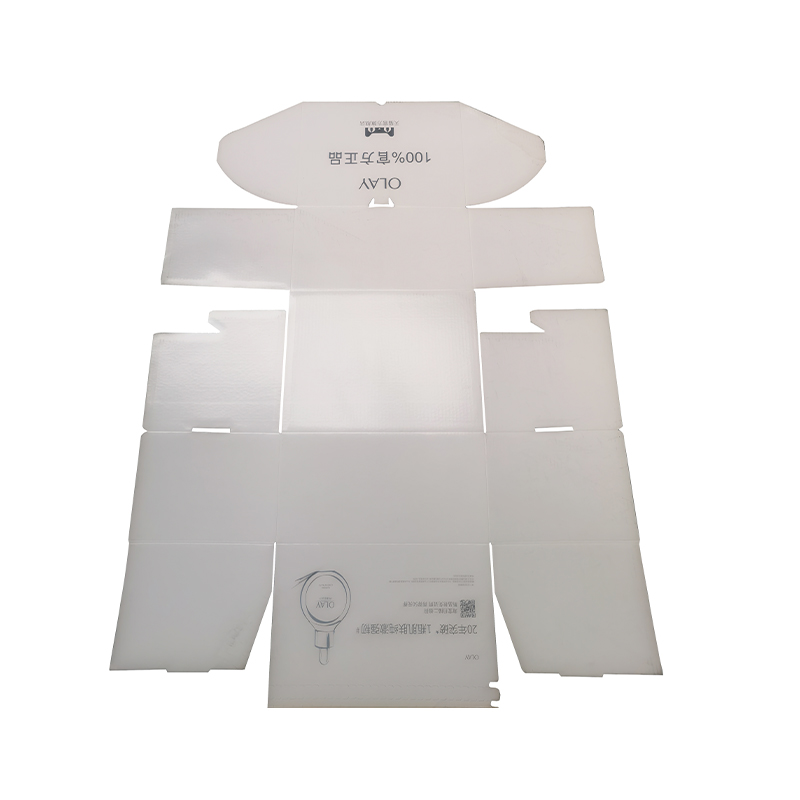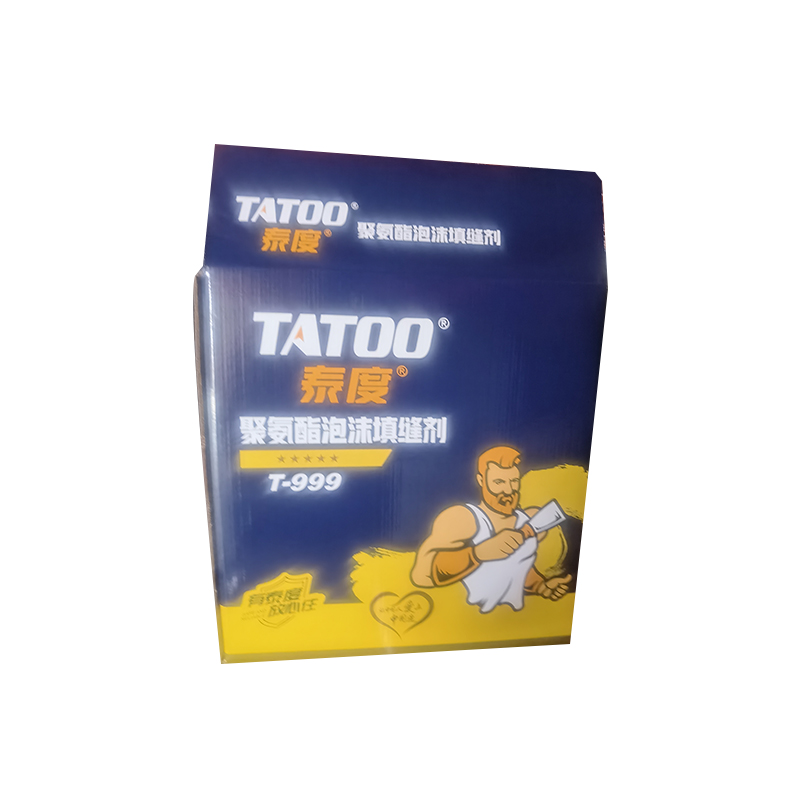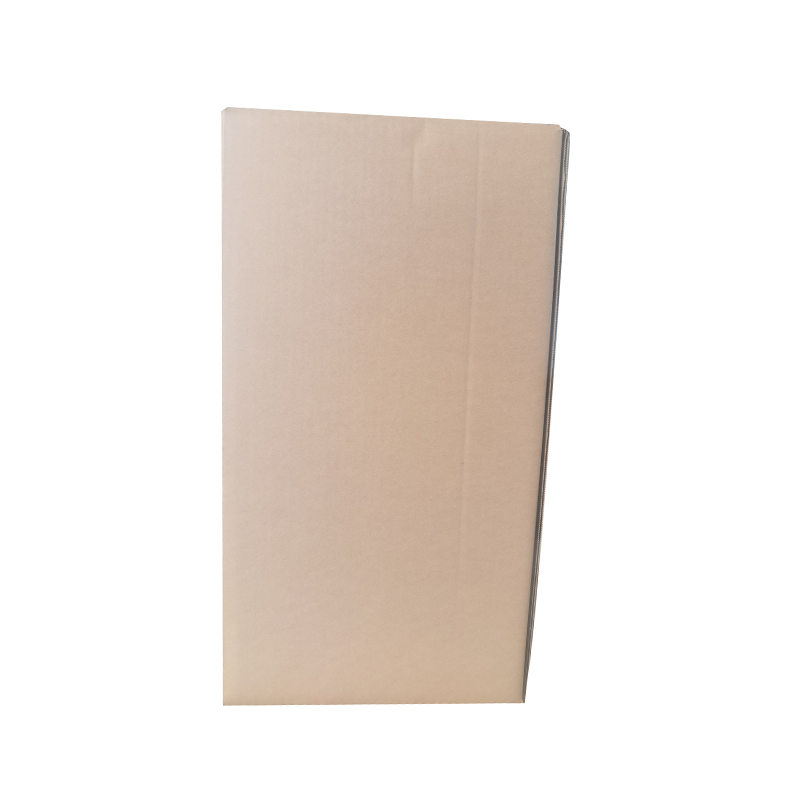Preparation of antibacterial coating on express box surface and its effect on microbial attachment
Release Time : 2025-10-23
Express boxes are a core packaging material in logistics and transportation. Microbial adhesion on their surfaces directly impacts product hygiene, safety, and shelf life. Traditional cartons lack antimicrobial properties, making them a breeding ground for bacteria and mold in humid or high-temperature environments, significantly increasing the risk of product contamination. In recent years, imparting antimicrobial properties to express boxes through surface coatings has become a key approach to addressing this issue. The core principle is to inhibit microbial attachment and growth through physical barriers or chemical reactions, thereby extending the packaging's lifespan and ensuring product quality.
The preparation of antimicrobial coatings requires a balance between material compatibility and functional durability. Current mainstream approaches include inorganic antimicrobial compounding, natural polymer modification, and intelligent responsive coating design. For example, a nano-magnesium oxide (MgO) and chitosan composite coating was developed. Researchers used a chelated titanate coupling agent to uniformly disperse the nano-MgO in a hydrophobic chitosan matrix, forming a pH-responsive antimicrobial network. This coating releases reactive oxygen species in acidic environments (such as those released by decaying fruits and vegetables), disrupting microbial cell membranes. In neutral environments, it remains stable, preventing excessive consumption of the antimicrobial agent. This design enables precise release of antimicrobial agents through environmental stimulation, significantly improving material utilization efficiency.
The bond strength between the coating and the carton substrate directly impacts the durability of the antimicrobial effect. To address the rough surface and high hygroscopicity of corrugated cardboard, researchers developed a micro-dimpled coating pretreatment process. This process uses hot flat-pressing to create a uniform microporous structure on the cardboard surface, enhancing the coating's mechanical interlocking properties. Combined with an oxidation treatment, the surface becomes hydrophilic, promoting chemical bonding between the antimicrobial component and the fiber. Experiments show that the pretreated carton coating exhibits enhanced adhesion and exhibits no flaking during simulated transport vibration testing, effectively ensuring the long-term stability of the antimicrobial function.
Microbial attachment behavior is regulated by multiple factors, including the coating's surface energy, roughness, and chemical composition. Superhydrophobic coatings create a lotus leaf-like structure to reduce surface energy, making it difficult for bacteria to adhere. Hydrophilic coatings, on the other hand, hinder microbial adsorption by forming a hydration layer. For example, a coating system containing titanate and rosin-modified alkyd resin can form a nanoscale papillary structure on the carton surface, achieving a contact angle of 1.5° or higher, significantly reducing the initial adhesion of common contaminating bacteria such as Escherichia coli. Furthermore, cationic polymers (such as polylysine) incorporated into the coating can disrupt bacterial cell membranes through electrostatic interactions, creating a dual antimicrobial mechanism.
The impact of environmental factors on the performance of antimicrobial coatings requires systematic evaluation. Humidity fluctuations can cause the coating to swell, affecting the release rate of the antimicrobial agent; temperature fluctuations can alter microbial metabolic activity, increasing the risk of contamination. For cold chain transportation scenarios, researchers have developed a phase-change material composite coating: paraffin-based phase-change microcapsules are embedded in an antimicrobial matrix. The coating modulates the surface temperature through a melting-solidification process, inhibiting mold growth in low-temperature environments. This dynamically responsive coating enables express boxes to maintain stable antimicrobial performance during cross-regional transportation.
In practical applications, antimicrobial coatings must balance functionality and cost-effectiveness. Organic antimicrobial agents (such as pyridines and polyguanidines) are preferred for industrial applications due to their compatibility with cardboard fibers and strong weather resistance. Inorganic silver ion antimicrobials, while offering a broad antimicrobial spectrum, are difficult to disperse and are relatively expensive. Carrier technologies (such as dendrimer encapsulation) can improve the dispersibility of inorganic antimicrobial agents while reducing their dosage. For example, loading nanosilver into α-cyclodextrin-modified dendrimers can reduce the amount of antimicrobial agent used while maintaining a high level of antibacterial efficacy.
Looking ahead, express box antimicrobial coatings will develop towards intelligent and multifunctional features. Incorporating IoT technology could enable the development of intelligent coatings with temperature and humidity sensing and sustained antimicrobial release capabilities. The introduction of photocatalytic materials (such as nano-titanium dioxide) could achieve a self-cleaning effect under UV irradiation. Furthermore, the development of bio-based antimicrobial agents (such as plant extracts and bacteriocins) will further reduce the environmental impact of coatings and promote the implementation of green packaging technologies. These innovations will provide the express delivery industry with safer and more efficient packaging solutions, contributing to the sustainable development of the logistics supply chain.







